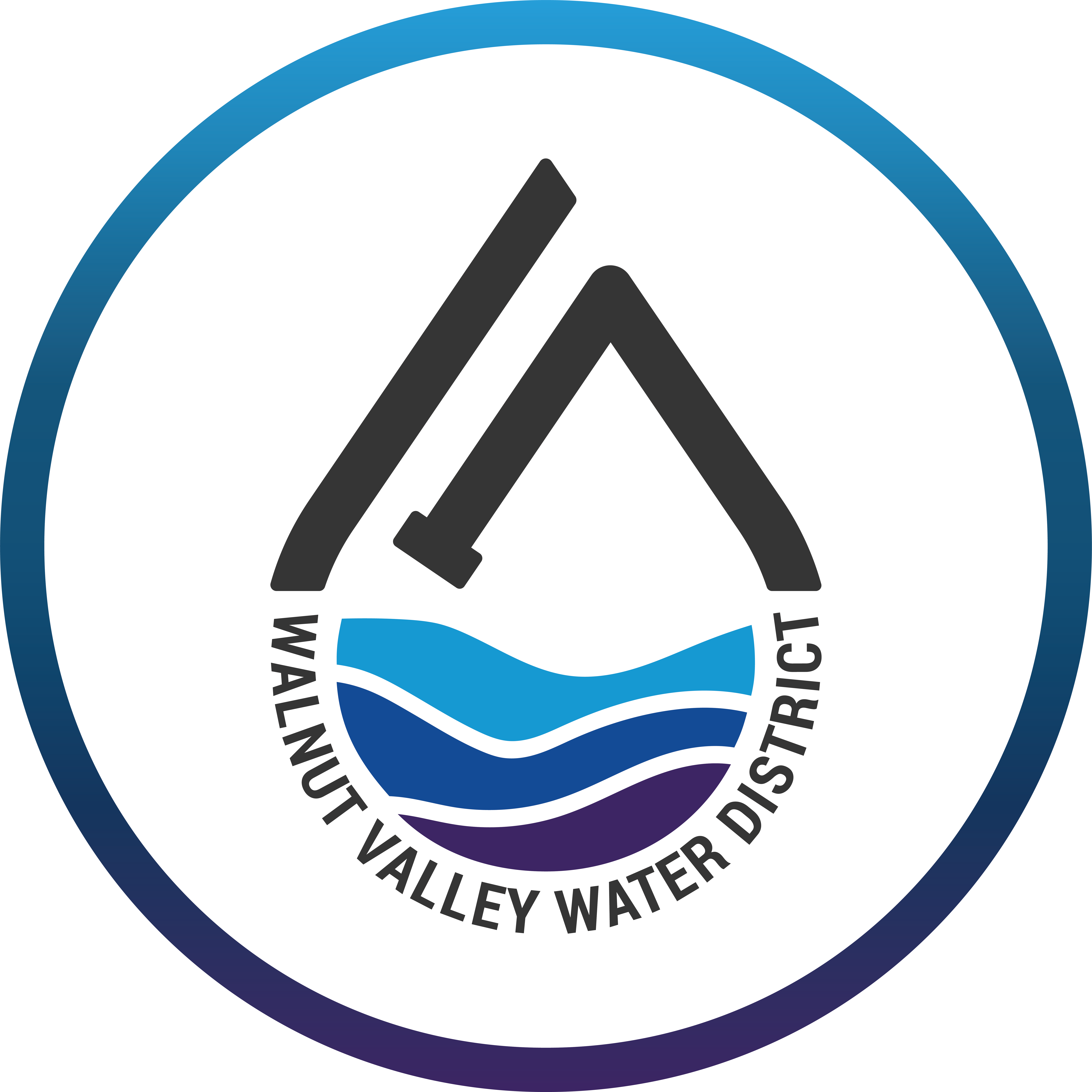News Details
Public Input: 2024 Multi-Jurisdictional Hazard Mitigation Plan
January 22, 2024
Last Updated Monday, January 22, 2024
Walnut Valley Water District is seeking input from the community as we implement a Multi-Jurisdictional Hazard Mitigation Plan. The Plan is intended to help us keep our water system resilient during future emergencies and disasters. The base plan with all participating agencies is available below, along with Walnut Valley Water District’s specific plan.
To provide feedback, please contact the Assistant General Manager, Jared Macias at jmacias@walnutvalleywater.gov by Tuesday, February 20, 2024.
What is a Multi-Jurisdictional Hazard Mitigation Plan?
A Multi-Jurisdictional Hazard Mitigation Plan is a framework that guides the District in making decisions and developing policies to reduce or eliminate risks to life and property. The plan identifies the types of hazards that threaten the community, evaluates our vulnerability to those threats, and outlines a strategy to reduce or eliminate the risk posed by those threats. This plan is required to be updated every five years.
Why is the Plan Important?
The Federal Disaster Mitigation Act of 2000 requires the District to have an approved hazard mitigation plan to be eligible to apply for and receive certain types of Federal Emergency Management Agency (FEMA) hazard mitigation funds. Receipt of these funds can be critical to the implementation of identified hazard mitigation programs that break the cycle of disaster, damage, restoration, and repeated damage.
What is Hazard Mitigation?
The Federal Emergency Management Agency (FEMA) describes hazard mitigation as “any action taken to reduce or eliminate the long-term risk to human life and property from natural hazards.” Although the requirement set by 44 Code of Federal Regulations (CFR), Subpart M Section 206.401 requires a planning area to describe only natural hazards that may affect the jurisdiction, most planning areas include technological and human-caused hazards in the Hazard Mitigation Plan to represent the total risk from hazards to the planning area. In addition, the State of California SB 379, requires all local planning areas to assess vulnerabilities associated with climate change.
Hazards can result in death and destruction of property and infrastructure. The work done to minimize the impact of hazard events to life and property is called hazard mitigation. Often, these damaging events occur in the same locations over time (i.e. earthquakes along fault lines), and cause repeated damage. Because of this, hazard mitigation is often focused on reducing repetitive loss, thereby breaking the disaster cycle.
The essential steps of hazard mitigation are:
- Identify and profile hazards that affect the local area
- Analyze the people and facilities at risk from those hazards
- Develop mitigation actions to lessen or reduce the impact of the profiled hazards
What are the Requirements and Process for the Plan?
The requirements for a Hazard Mitigation Plan are described in 44 CFR Parts 201 and 206. FEMA has produced a Hazard Mitigation Plan Review Tool to demonstrate how the mitigation plan meets the regulation in 44 CFR § 201.6. The plan review tool has a regulation checklist that provides a summary of FEMA’s evaluation of whether the plan has addressed all requirements. Planners can also use the checklist prior to submitting the plan for approval to ensure they have addressed all the requirements.
The primary tasks that will take place during the planning process include:
- Capability analysis
- Vulnerability assessment
- Hazard identification
- Defining a hazard mitigation strategy through actions and projects
- Implementing the hazard mitigation actions and projects
Public and Stakeholder Input
The Multi-Jurisdictional Hazard Mitigation planning process requires input from stakeholders and the public. Generally, project stakeholders include neighboring jurisdictions and their agencies and departments that might interface with Walnut Valley Water District during a disaster response. The public is represented by community members and community organizations that have an interest in District projects and actions to mitigate hazards and save lives and property.
Walnut Valley Water District will continue to provide updates of this planning process to this webpage. Documents will be made available on this webpage.





